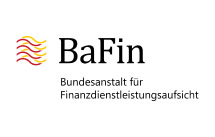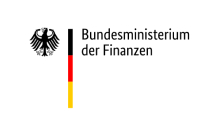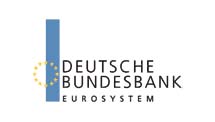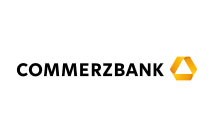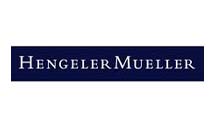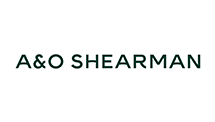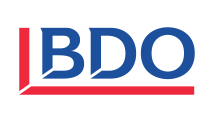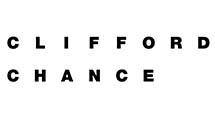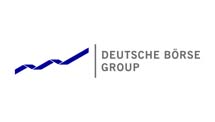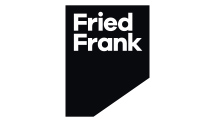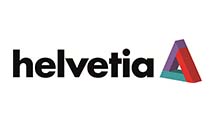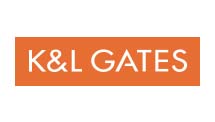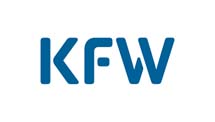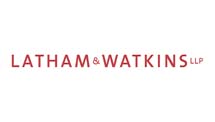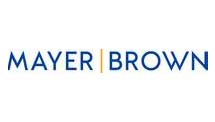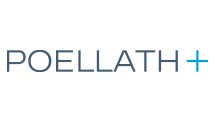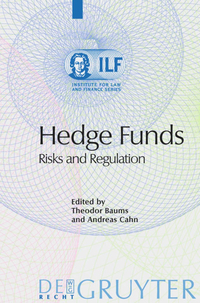
Hedge Funds - Risks and Regulation
Edited by: Theodor Baums and Andreas Cahn
About this book
The number of hedge funds and the assets they have under management has increased in recent years. This increase became significantly more pronounced after the market downturn in 2001. Hedge funds can help investors to benefit from volatile and even sinking stock markets. However, despite the prominent use of the word "hedge" in their name, such funds rarely offer a safe hedge against risk, given that they depend heavily on skill-based investment techniques and often invest in highly speculative financial instruments. Nevertheless, such funds received no specific treatment in the legislation of such major markets as Germany and the United States for years.
Against the backdrop of international regulatory concern for hedge funds, the Institute for Law and Finance (ILF), in cooperation with Deutsches Aktieninstitut e.V. (DAI), brought together leading scholars, lawyers and bankers, to assess the risks, opportunities and regulatory challenges that hedge funds present. At the time of the conference, German lawmakers were still discussing the need and possible content of a new law. The fruit of their discussions was the German Investment-Modernization Act (Investmentmodernisierungsgesetz), which entered into force on January 1, 2004, and increased the attractiveness of offering hedge fund products in the German market.
This inaugural volume of the Institute for Law and Finance Series contains the proceedings of the ILF/DAI May 2003 conference entitled "Hedge Funds: Risks and Regulation", and presents papers discussing the economic characteristics of and regulatory strategies for addressing hedge funds. The first two papers examine hedge funds from an economic perspective. Alexander M. Ineichen, Managing Director and Global Head of AIS Research at UBS, reveals the economic reality of hedge funds from the myths that has surrounded them. Then Franklin R. Edwards, Professor and Director of the Center for the Study of Futures Markets of the Columbia Business School in New York explains how the regulation of hedge funds should be tailored to their core economic reality and the goals of financial stability and investor protection. Next, Marcia L. MacHarg, a partner of Debevoise & Plimpton LLP, Ashley Kovas, a Manager in the Business Standards Department of the Financial Services Authority, London, and Edgar Wallach, a partner of Hengeler Mueller, present the state of the relevant regulatory structures in the United States, the United Kingdom, and Germany, respectively. The book then closes with an analysis of corporate structures used for German hedge funds, offered by Kai-Uwe Steck, a member of the German Asset Management practice group of Shearman & Sterling LLP.
Author information
Theodor Baums holds the chair of the Institute for Banking Law and is Professor of Commercial and Civil Law at the Johann Wolfgang Goethe University in Frankfurt am Main and is a member of the Executive Committee of the Institute for Law and Finance. Baums was a member of a German government commission to adopt takeover legislation, and chaired a German government commission on corporate governance. He has numerous publications on corporate and securities law.
Andreas Cahn is the Director of the Institute for Law and Finance, where he teaches in the areas of comparative corporate law and corporate finance. Before becoming the ILF's first Director, Cahn held a Chair in Civil Law, Commerce Law and Corporate Law at the University of Mannheim. Cahn has authored a number of studies in the areas of corporate law, capital markets law and civil law.
Volume 1 in the ILF Book Series
Publisher: De Gruyter
eBook
Published: February 6, 2015
ISBN: 9783110907346
Hardcover
Published: June 24, 2004
ISBN: 9783899491494
